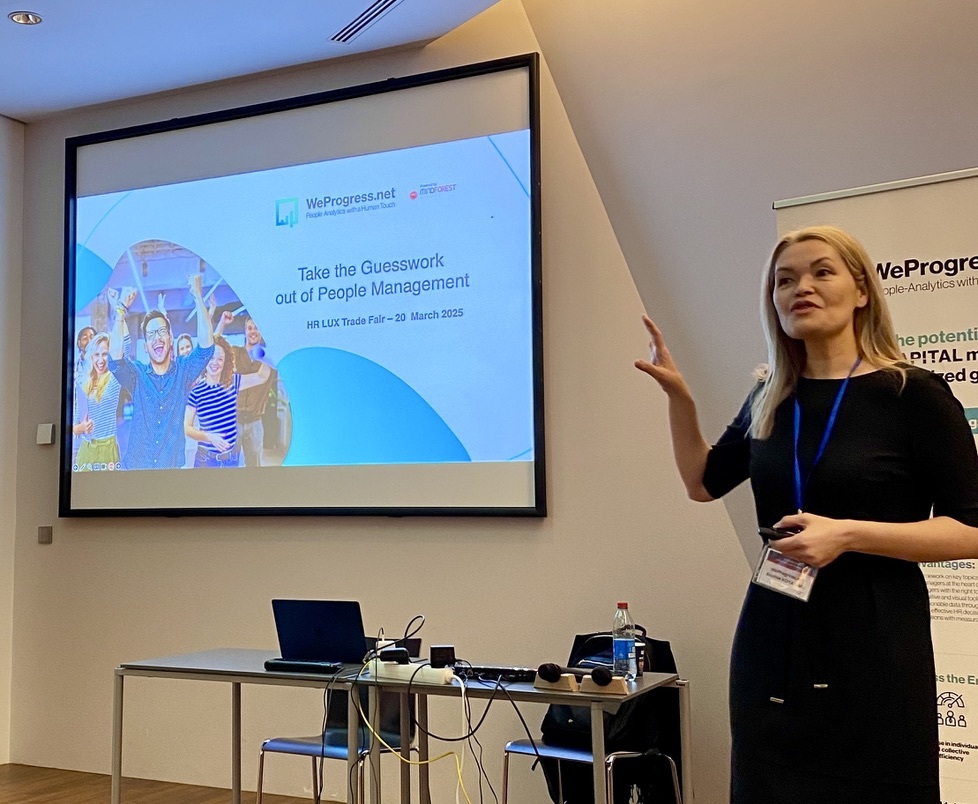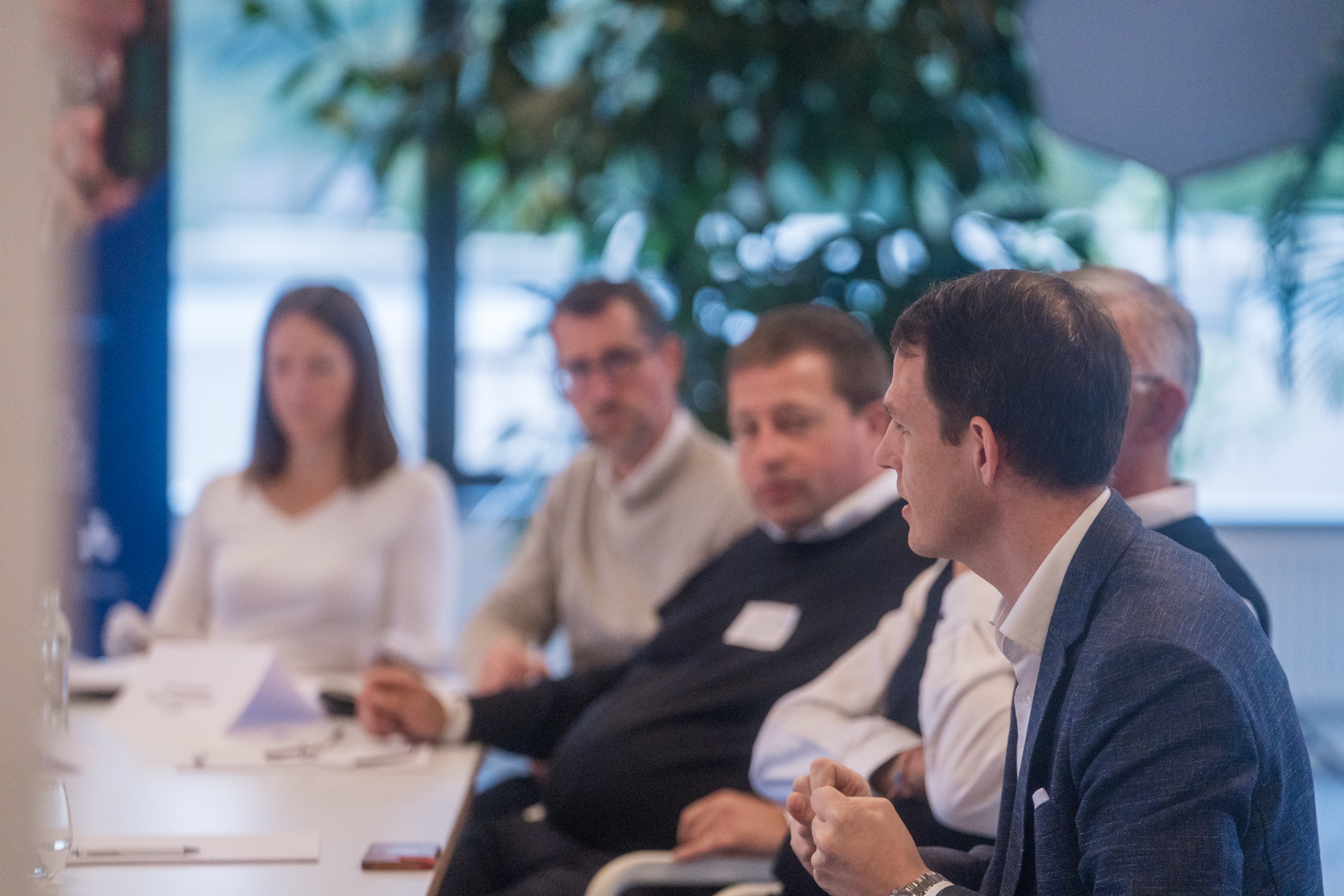Mapping the roles in a Change Project
Managing a change project affects the whole company.
Who hasn’t already experienced a transformation project in their company? During our recent webinar on change management, 83% of participants had more than 2 changes underway in their company and 35% more than 4 transformations.
Nothing is permanent except change.
Héraclite d'Ephèse
Just as the ‘technical’ transformation project must be organised and managed, so must the impact of the human factor. But how and by whom?
There are different key people involved in managing a change project and it is important that their roles and responsibilities are well defined, understood and communicated. This is fundamental to the success of a project.
The Change Manager
As a true conductor of change management, (s)he will be responsible for organising and carrying out all the necessary measures to ensure that employees understand the change, support and take an active part in it.
They must work closely with the project manager, who will manage the “technical” aspects of the project. (S)He must know the project milestones to develop his/her methodology and refine his/her action plans to manage the human factor throughout the transition.
One of the best pieces of advice that can be given to a change manager is to go and meet the employees in the field, to talk to them and to identify their fears, not just their resistance but also their motivations and above all to get a feel for their day-to-day reality. Establishing a close relationship with employees is essential.
The Change Manager will be able to rely on a team in order to carry out his/her tasks: sponsors, HR, the communication team are the actors with whom (s)he will work closely, particularly within the framework of the project steering committee. But other people are just as important, such as local managers and change ambassadors.
The Sponsor
The Sponsor or Sponsor Coalition constitutes a key player. The Sponsor will provide the necessary support and legitimacy to the project.
They will be responsible for defining the vision and ambition of the change project and then ensuring that the necessary resources are mobilised to achieve the project objectives.
Ideally, the sponsor should be familiar with change management. If not, they should be trained and/or coached to carry out their role successfully.
The more the Change Manager prepares the sponsor for their task, the easier it will be. As sponsors are usually positioned at the top of the organizational hierarchy, their time is often limited.
The Sponsor must be a leader as well as a role model.
Our experience in relocation projects has seen 2 types of sponsors for the same ambition: “To break down the barriers, to open up the spaces in order to have a more collaborative culture”.
On the one hand, we had a project in which the sponsor and the entire hierarchy kept individual offices, whereas the managers and employees “lost” their individual offices in favour of open-plan offices.
On the other hand, we had a project in which all employees, including the management committee, moved to open-plan offices.
We can’t hide the fact that there was less resistance from employees in the second project. It was much easier to communicate about the upcoming changes by emphasising that even the management was ‘playing along’.
The Sponsor must be active and visible throughout the project and be able to make decisions when obstacles arise.
Human resources
Often underestimated, this support function should not be overlooked in a change project. The Human Resources Manager must take an active interest in several dimensions as part of his or her role as a Change Manager, particularly in terms of supporting the teams and developing the necessary skills.
One of the plans that the change management team must define and implement is the support and training plan. It is obvious that Human Resources must be involved in this plan so that it is complementary and well aligned to the company’s overall training plan.
Furthermore, the Human Resources team generally has a more realistic perception of the field thanks to their daily interchanges with the team and will therefore be able to provide the change manager with tools and support relating to the skills required for a particular type of employee(s).
Communication
In the article below, we have already mentioned the 5 key roles of internal communication in change management.
The communication department is a pillar for change management. Before they support the project, employees will need to understand the vision and ambitions, and above all why the change is necessary, what will change and how it will impact them.
While some of these answers will be provided by management communication, which we will discuss below, most of them must be supported by the company’s communication strategy.
The Change Manager can/should draw on the expertise of the communication department to create a communication plan for the change project. The more these two actors work together, the more fluid and effective the communication will be.
The middle managers
Middle managers are key people to rely on during a change project. They are at the heart of employees’ daily lives, they are trusted (or not) and they are the privileged interlocutors of employees.
According to a Prosci study[1], employees prefer to find out about key messages from their direct superior.
It is therefore important to equip managers to take on this role: they must be able to convey the key messages: why do we need the change, what will concretely change for the company, for the team and for each employee?
It is important to note that managers are also undergoing the change and must also be supported.
Change Ambassadors
Finally, the last group of actors we would like to introduce to you are the Change Ambassadors, a group of employees who will promote the change on the ground, collect feedback from their colleagues and identify fears and resistance.
If you would like to know more about these ambassadors, you can refer to the article below.
Become a true Change project manager at your own pace
WANT TO RECEIVE OUR LATEST THOUGHT LEADERSHIP CONTENT?
Related posts
 Take the Guesswork out of People Management
Take the Guesswork out of People Management
 From processes to people: achieving quality
From processes to people: achieving quality
 Daring to lead Positive Transformation: What if Positive Emotional Capital was your key to sustainable change?
Daring to lead Positive Transformation: What if Positive Emotional Capital was your key to sustainable change?
 Why hire Change management professionals? We can do it alone!
Why hire Change management professionals? We can do it alone!
 Digital Transformation and Change Management: Lessons shared in an event hosted by Cebi and MindForest
Digital Transformation and Change Management: Lessons shared in an event hosted by Cebi and MindForest



